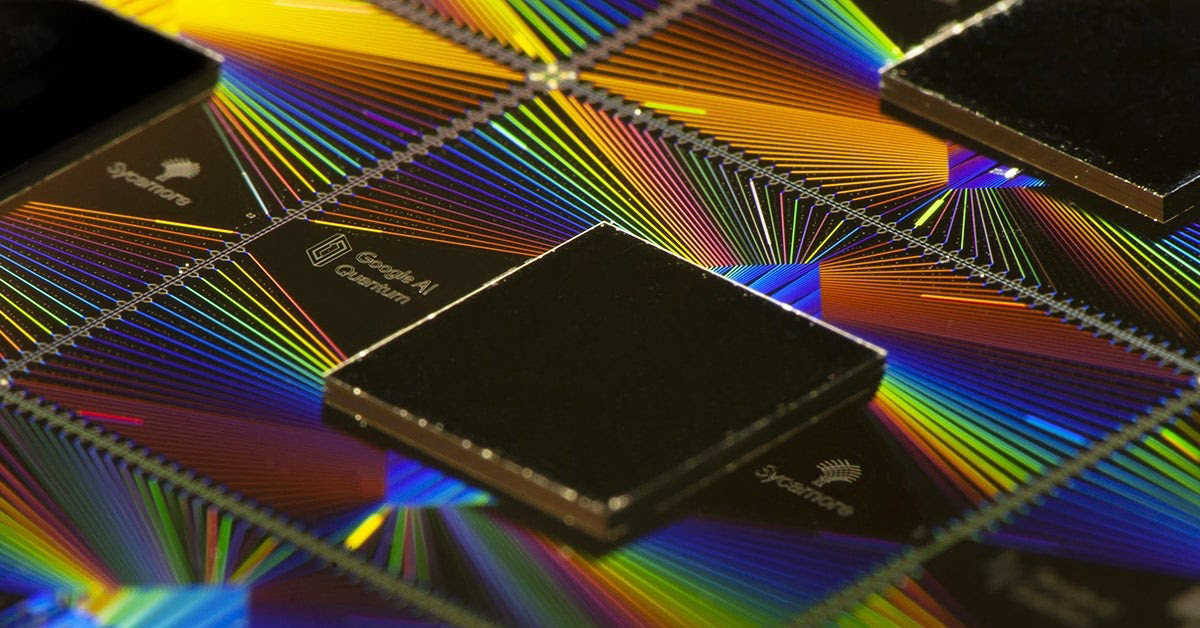Quantum computing has been gaining lots of hype lately.
Still in its infancy, a practical quantum computer – one that operates on the laws of quantum physics – has the potential to take computing power to a whole new level.
Check out our beginner’s guide to quantum computing here!
Harnessing the wonders of quantum mechanics, scientists hope to perform complex science experiments that are impossible with classical computers. From building efficient batteries, to creating highly targeted medicines, to unlocking better artificial intelligence (AI), to formulating carbon-free fertilisers, these quests in science are poised to greatly benefit from the advent of quantum computers.
Nations and IT giants are now in a bid to win the quantum race. However the pathway to achieving success is a tortuous one, with challenges popping up regularly.
More recently, a research duo from Beijing stated in their paper that they have found a “massively more efficient” and more accurate method to simulate quantum computing with traditional processors, challenging Google’s 2019 claim that they achieved quantum supremacy.
Google’s quantum supremacy takes a hit.
The research project, led by Professor Pan Zhang from the University of Chinese Academy of Sciences, used a general tensor network method – run on a cluster of 60 GPUs (48 NVIDIA V100 and 12 NVIDIA A100) – to simulate Google’s Sycamore quantum circuits.
Using a massive parallelisation over multiple GPUs, the research duo’s sampling task was completed in five days, resulting in a higher quantum fidelity than those in the Sycamore experiments. (Quantum fidelity is a mathematical prescription to quantify the degree of similarity of two quantum states, i.e. the higher the better).
They achieved this by deploying an algorithm based on a “big head” simulation, which slices up the overall computational task into smaller, optimised subtasks, each of which has much smaller space and time complexity for classical processors to calculate.
While Google estimated that their calculation would take even the best classical supercomputer a whopping 10,000 years to complete, the Chinese researchers took only five days with their cluster of graphic processors.
How does it compare to Google’s Sycamore?
This method has some advantages over Google’s quantum route. It’s able to pinpoint the exact amplitude and probability of any bit string, while producing less noise compared to Google’s experiments in obtaining samples from the Sycamore circuits. The researchers also have the capacity to compute conditional probabilities and sample from this distribution accordingly.
However, they also acknowledged that Google’s hardware is much faster in performing quantum calculations, and that classical supercomputers lack the ability to keep up with increasingly complex tasks.
In the future, the researchers are keen to further investigate the application of this newly developed tensor network simulation method in NISQ quantum computations to solve some of the most challenging problems in the real world.
The quantum quandary.
The outcome of Prof Pan’s research begs the question – is ‘quantum supremacy’ truly achievable or are supercomputers increasingly capable of matching the performance of today’s quantum computers?
While the answer is still unclear, the race will no doubt generate some fantastic technologies and inventions along the way. And for that, we can be truly grateful.




































